 Five years ago, a third grade parent suggested the ideal community service project: apple gleaning. Each fall, the class boards the Hill School bus to drive to a local orchard. They search the ground below the apple trees for apples that the paying customers left behind.
Five years ago, a third grade parent suggested the ideal community service project: apple gleaning. Each fall, the class boards the Hill School bus to drive to a local orchard. They search the ground below the apple trees for apples that the paying customers left behind.
A child inspects each apple. “Would I eat this apple?” they ask. If the answer is yes, the apple goes in a bag. When the bag is full—ten pounds full—the child ties a knot and delivers the bag to the waiting truck.

Apple by apple, bag by bag, the children discover that their effort can make a difference. At the end of the morning, a truck piled high with apples heads off to a local food pantry: the apples we glean are on the tables of hungry families that very day.
On the bus ride home, we begin to do the math. How many people collected 50 pounds? If 24 children each glean 50 pounds of apples, how many pounds is that? If each pound makes 3 servings of apples (fresh, baked, apple-sauced, or apple-pied) how many people did we feed?
Gleaning makes community service tangible. Our children benefit from gleaning as much as those they feed, one apple at a time.


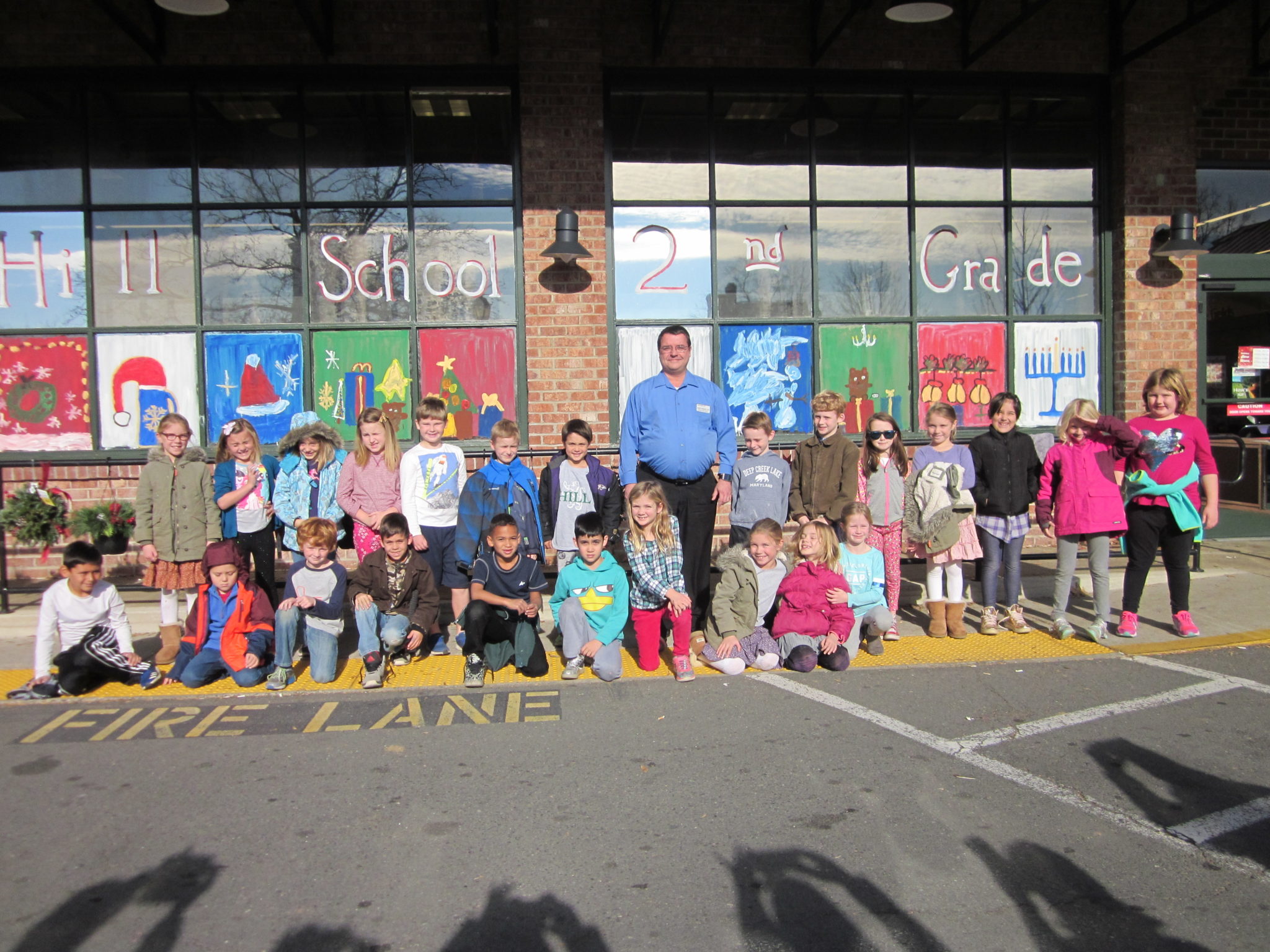
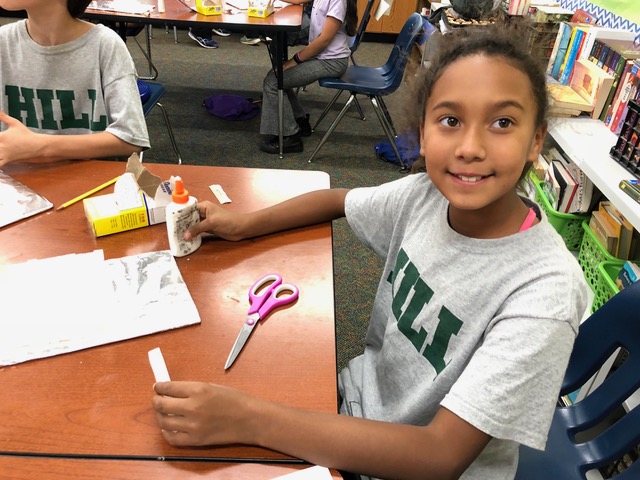
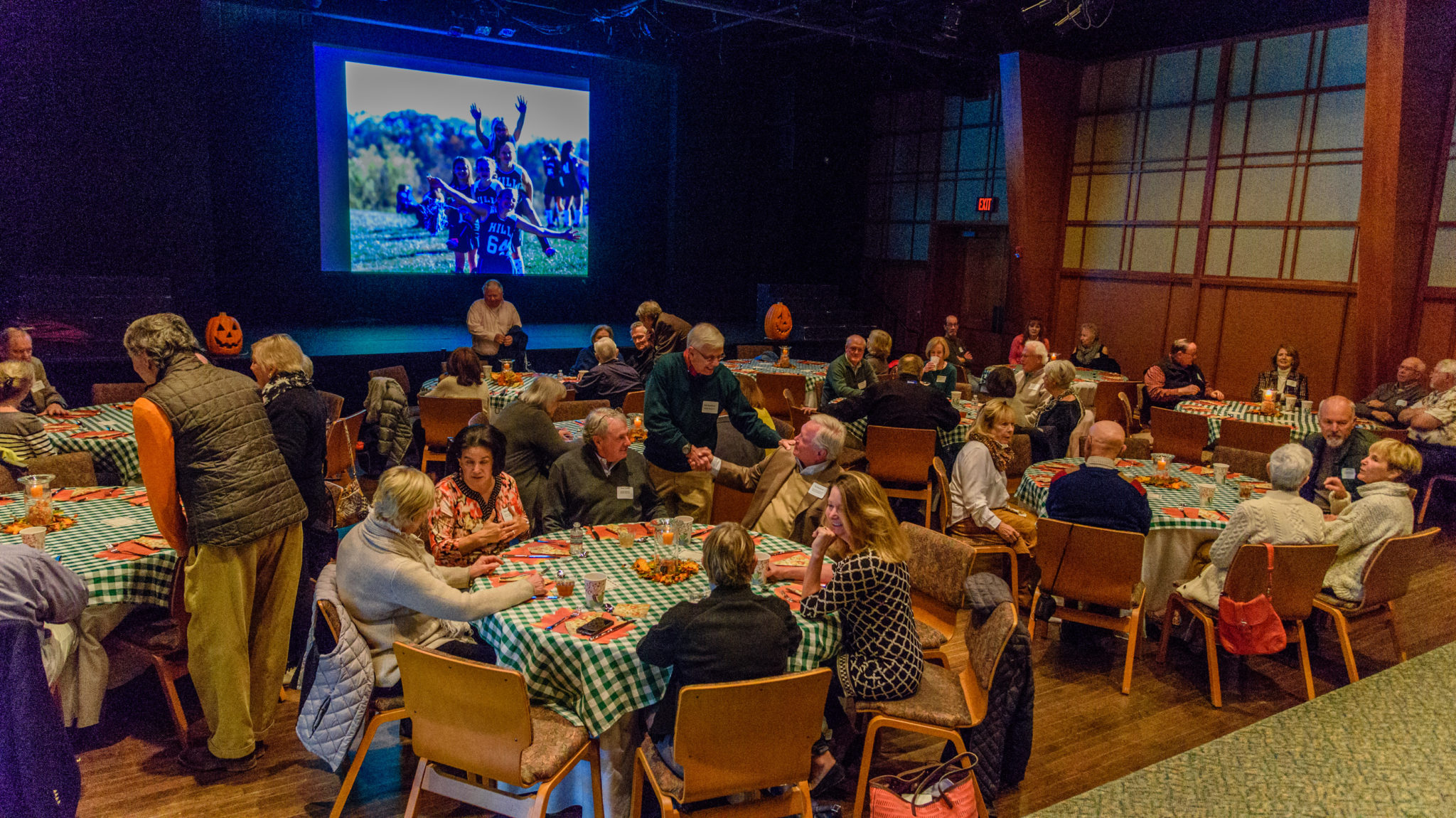
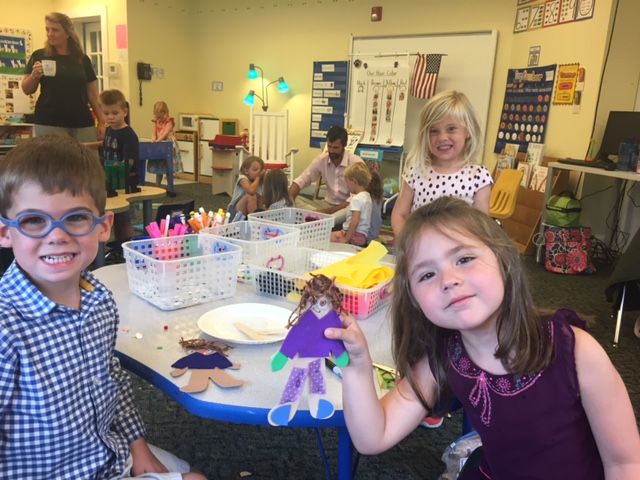
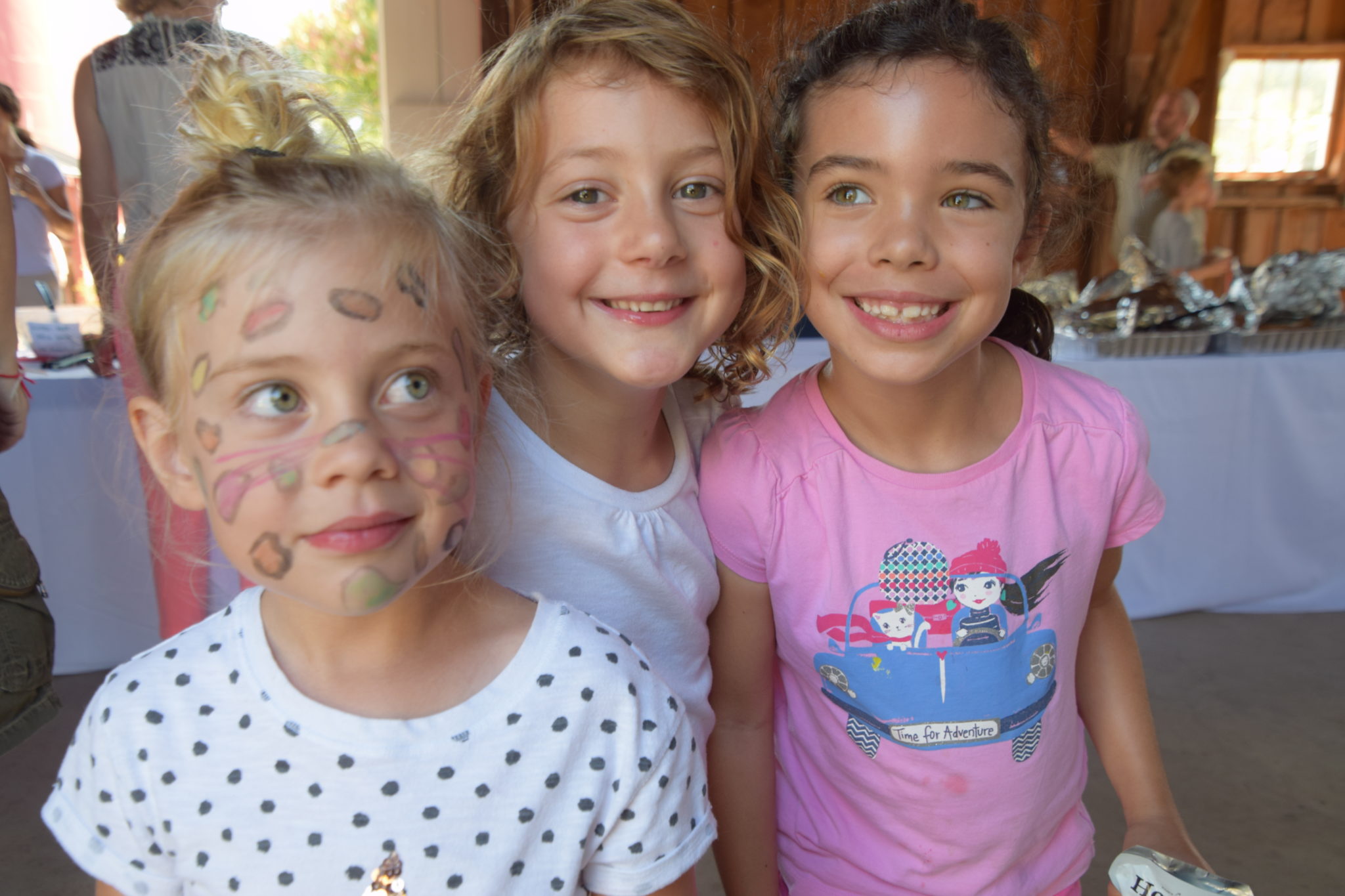






Leave A Comment